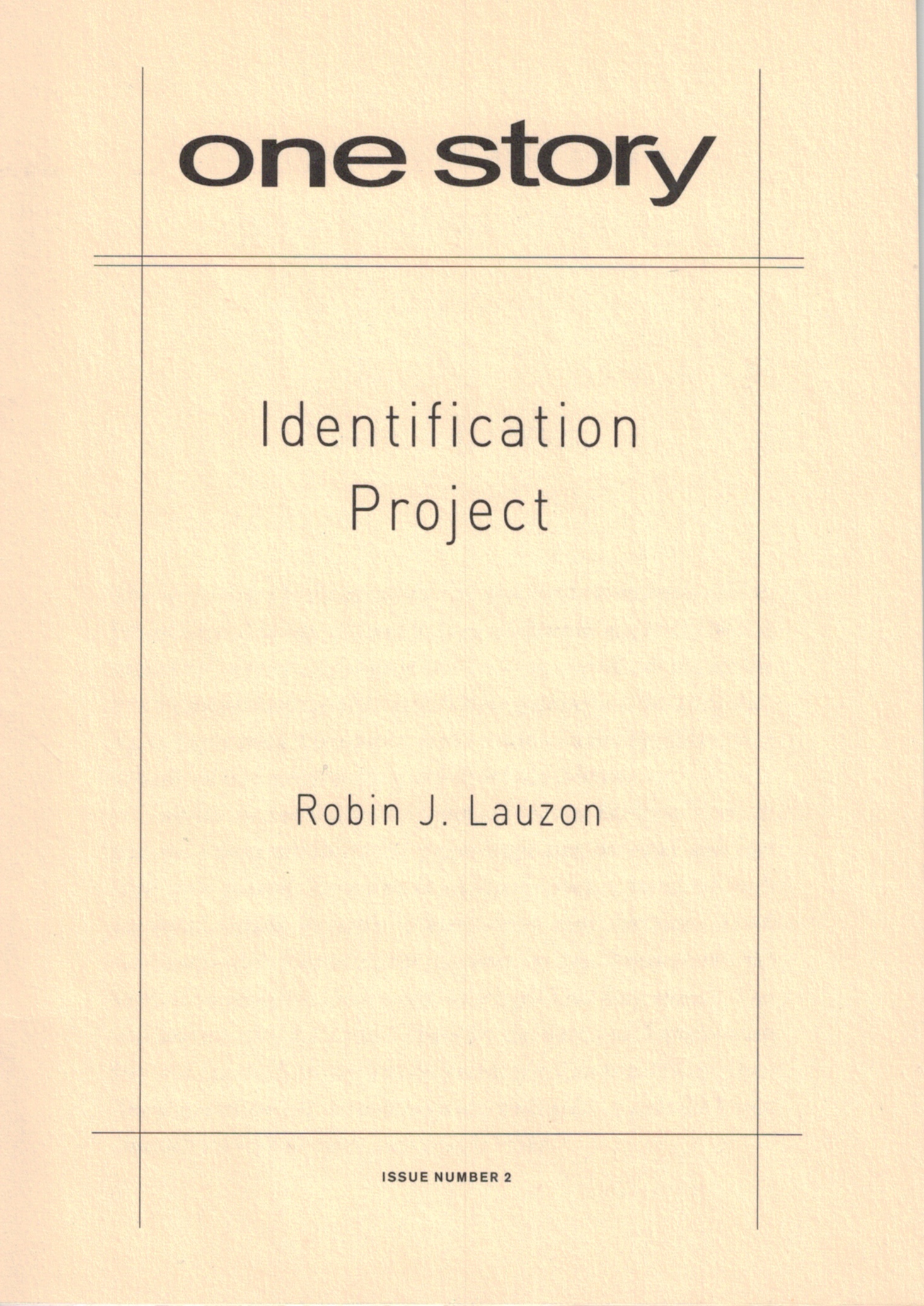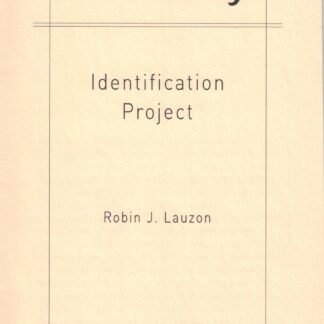
Identification Project
22 in stock
Excerpt
The women are lined up along the dirt road, some with crying babies latched to hips, others pulling children in wagons. The line snakes by a crumbling cottage and crests at a small hill. At a table, five women turn page after page. I hear nothing but the crisp sliding of paper away from paper, as the women strain, eyes dissecting this photo from that, seeking any shred of evidence.
Robin Lauzon
Robin J. Lauzon graduated with an MFA from the University of Arizona in Tucson. Her stories have previously appeared in Quarterly West, Puerto del Sol, The Recorder, Mangrove and Eratica. She currently lives in New York City, where she teaches high school English.
Q&A by Hannah Tinti
- HT: Where did the idea for this story come from?
- RL: In July 2000, there was an article and a series of photographs on the back page of the Week in Review in the New York Times about the Red Cross’ attempts to identify the bodies of the victims of Srebenica, a Bosnian supposedly safe town where more than 7,000 men were killed. I was moved by the pictures and the story, this idea that women were trying to find the missing five years later. It had been a long time since I had written and I pretty much sat down that day and wrote an entire first draft; it took maybe six hours. The revision of course took longer.
- HT: What was the most challenging aspect of writing this story?
- RL: Learning about Bosnia, not sounding false. I do quite a bit of research for my stories and spent time reading travel guides, articles about the atrocities, information about the Red Cross in order to get the “voice” right. I am not Bosnian at all, have no Bosnian friends, what did I know? For a while I wondered if it was my story to tell.
- HT: Is there any estimate of how many people “disappeared” during the conflict?
- RL: The Red Cross thinks about 7,000 men went missing from this town—Srebenica—and its surrounding areas alone. Many, many more went missing or were killed during the Bosnian War. Mass graves are being discovered all the time.
- HT: What is the most interesting fact you learned while writing this (about the world, not yourself)
- RL: This is a tough one. I learned an awful lot about Bosnia in general—this piece is the first of a trilogy—and found myself captivated by the horrible things that went on there. I guess the most shocking thing (and therefore, interesting) was that this town was meant to be what was considered “safe”; UN soldiers were protecting these people and some Dutch soldiers got scared and turned the men over to the Serb forces. I keep thinking about whether these soldiers can sleep at night or if they just chock it up to doing their job.
- HT: How long did it take you to complete this story?
- RL: From start to finish not long. First draft as I said, about 6 hours. It was revised a few times after that, but all in all, this was a very quick write.
- HT: What is the best bit of advice about writing you have ever received?
- RL: Best advice: In order to revise well you should know your story inside and out and then throw the whole thing away and start over; anything worth anything comes back. I rarely do this, even though it’s the best advice I ever got. Advice I follow? In graduate school everyone kept trying to get me to write more “traditional” stories; I was against this whole-heartedly. Now though, I’m glad they forced me to write less abstract pieces (then I wrote about “ideas,” now there is actually some sort of structure) because my writing is more solid now. I started doing research in graduate school and it is the best thing to happen to my work, in my opinion.
- HT: What are you working on now?
- RL: I’m more or less finished with a story collection—it’s constantly being tinkered with. And I have a novel set in Scotland that has been in the works (mostly in my head) for a while.
